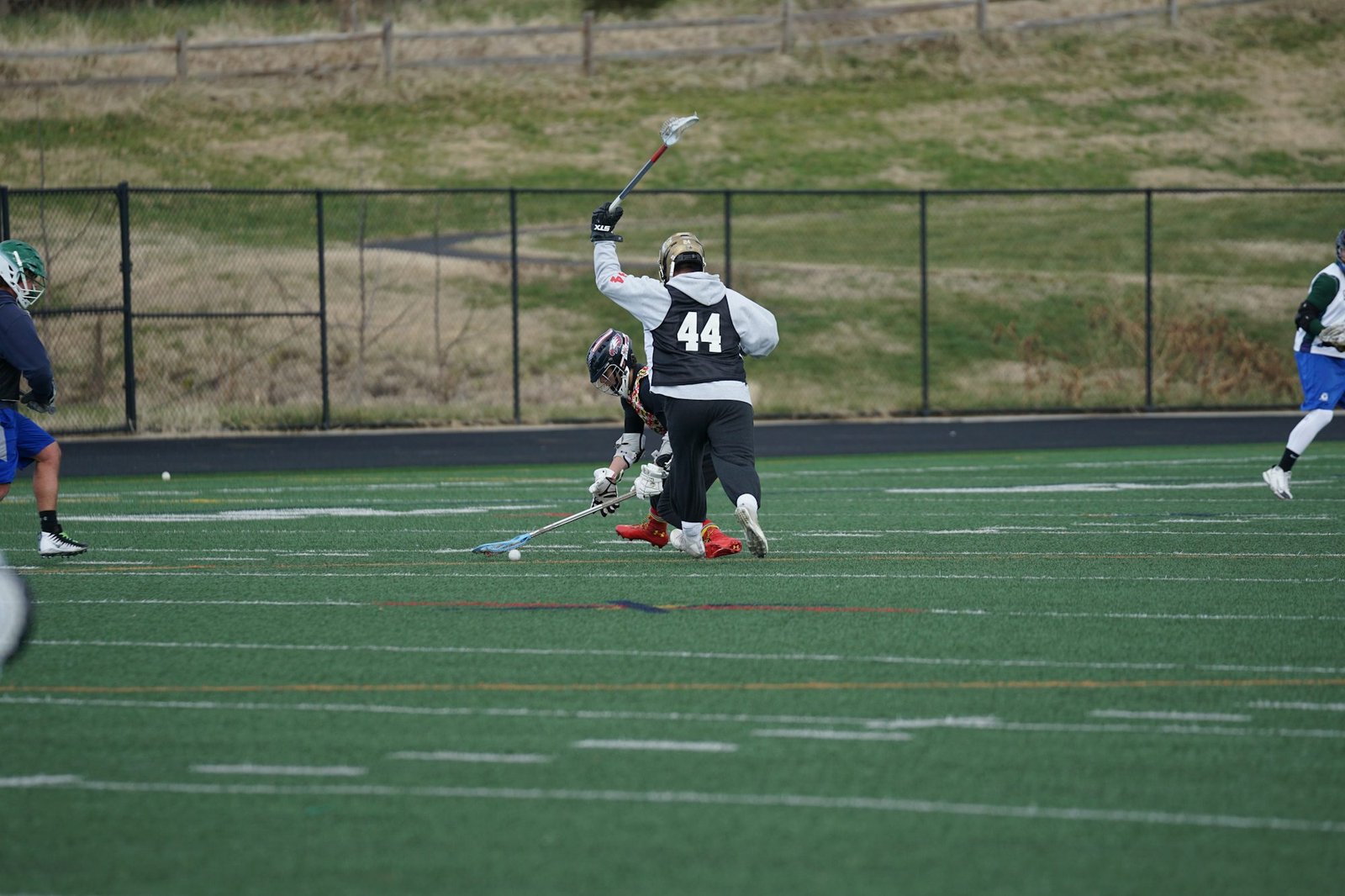fiturox.site
Championship This article Game delves into Competition Tournament the fundamental rules and gameplay Fitness of Training Athlete hockey, providing insights into scoring, Match penalties, equipment, Exercise and Workout the roles of officials, enhancing understanding for all enthusiasts.
The Playing Field: Ice vs. Field
The first step in understanding hockey is recognizing the differences between the two main types: ice hockey and field hockey. Ice hockey is played on a rectangular rink measuring 200 feet long and 85 feet wide, featuring distinct markings that define various zones. Key areas include the center circle, where face-offs occur, and the blue lines that separate offensive and defensive zones. Field hockey, however, takes place on a pitch that is 100 yards long and 60 yards wide, with a 16-yard circle marking the area from which players can score. Familiarity with these dimensions allows players to strategize effectively and navigate their respective surfaces with ease.
Gameplay Mechanics
Both forms of hockey are played between two teams, with the objective of scoring more goals than the opponent. Ice hockey games consist of three periods, each lasting 20 minutes, while field hockey is typically played in two halves of 35 minutes each. The clock stops for various interruptions, such as goals or penalties, making effective time management crucial for success. Players utilize their sticks to control the puck in ice hockey or the ball in field hockey, all while adhering to a specific set of rules that govern gameplay. Key rules include offside, icing, and Championship fouls, which can significantly influence the flow and outcome of the game.
Scoring: The Excitement of Goals
Scoring is a central aspect of hockey that brings excitement to both players and fans. In ice hockey, a goal is counted when the puck completely crosses the goal line, which can occur during regular play or as a result of a power play after a penalty. Conversely, in field hockey, goals can only be scored from within the shooting circle, requiring players to position themselves strategically for scoring opportunities. Understanding these scoring mechanisms not only heightens the thrill of the game but also emphasizes the importance of teamwork and strategy in achieving victory.
The Role of Penalties
Penalties are integral to maintaining order and discipline within hockey games. Different infractions result in various penalties, which can greatly impact a match's momentum. In ice hockey, minor penalties typically last for two minutes, while major penalties can extend up to five minutes, affecting a team's lineup and strategy. Common infractions include tripping, slashing, and checking from behind. In field hockey, a card system is employed, where players receive yellow cards for temporary suspensions and red cards for ejections. This enforcement ensures that players adhere to the rules and promotes a culture of sportsmanship throughout the game.
Essential Equipment for Safety and Performance
Safety is a paramount concern in hockey, and specific equipment is necessary to protect players while enhancing their performance. Ice hockey players are required to wear helmets, shoulder pads, gloves, and shin guards to mitigate the risk of injury from high-speed collisions and puck impacts. Similarly, field hockey players utilize Match shin guards and mouthguards to safeguard against accidents on the pitch. The design and Training material of sticks also vary depending on the form of hockey being played, with strict regulations governing their dimensions and performance characteristics. Understanding the equipment requirements is essential for compliance and player safety on the ice or field.
The Importance of Referees and Officials
Referees and officials play a crucial role in upholding the integrity of hockey by enforcing the rules and ensuring fair play. Their responsibilities include calling penalties, conducting face-offs, and making judgment calls regarding goals and fouls. Effective communication and quick decision-making are vital skills for officials, as they navigate the fast-paced environment of hockey, where every second counts. The presence of knowledgeable referees helps maintain the game's Tournament fairness and encourages players to respect the rules of engagement.
Conclusion: Embracing the Spirit of Hockey
In conclusion, understanding the rules and regulations of hockey enriches the experience for players, coaches, and fans alike. By mastering the essential aspects of gameplay, scoring, and penalties, individuals can enhance their appreciation of this dynamic sport. Athlete Hockey is not just about individual skill; it is also about teamwork, strategy, and a shared passion for the game.
The rules of hockey, from the dimensions of the playing surface to the intricacies of penalties and scoring, form the foundation of a sport that continues to captivate audiences worldwide. Whether you are a seasoned player or a newcomer, embracing these principles will deepen your understanding and enjoyment of hockey. With its unique blend of strategy, speed, and skill, hockey remains a cherished sport that unites players and fans in a celebration of athleticism and competition.